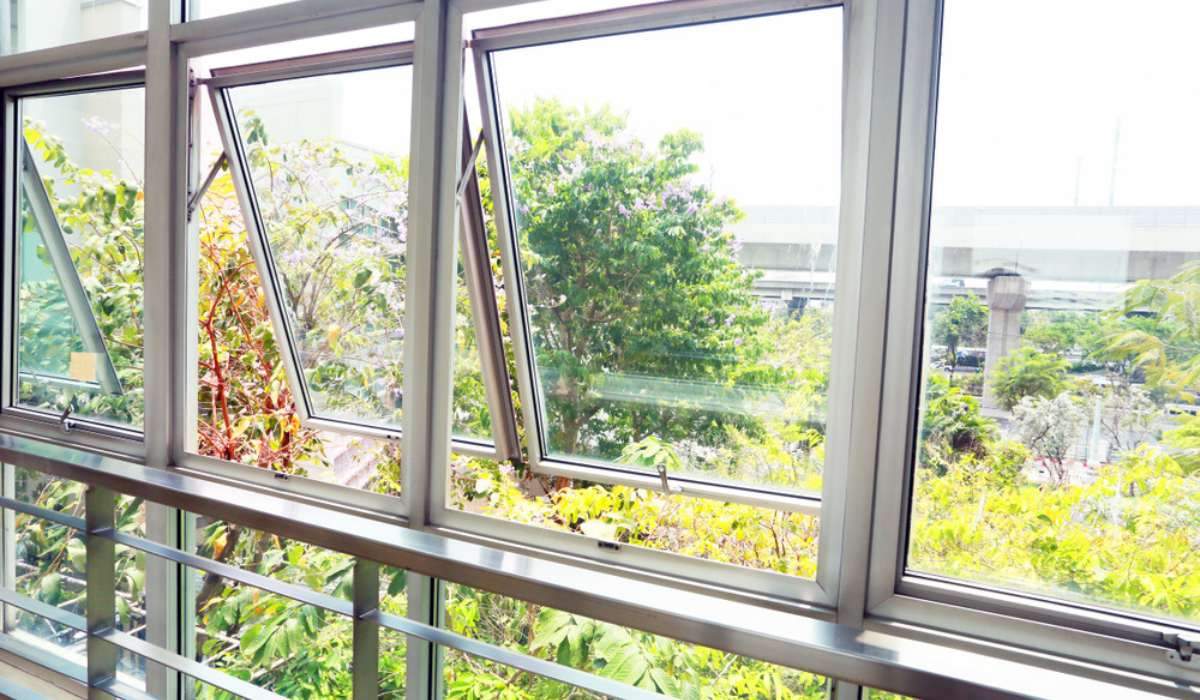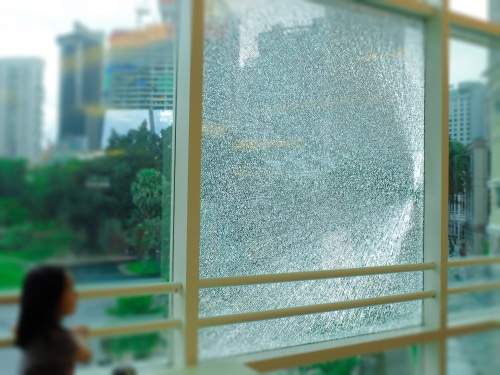Construction guide for using insulated glass,
Although they provide security and connect us to the outside world,
windows are one of the biggest detriments to a home’s energy efficiency.
Conditioned or heated air can pass through them more easily than through wall spaces,
which means windows can be a significant source of heat loss.
Fortunately, insulated glass (a relatively new invention when it comes to windows) counteracts some of this energy loss.

What is insulated glass?
Insulated glass is a unit of two or more tightly sealed panels of glass sandwiched together with an air space between them.
This space is filled with air, argon gas, or krypton.
This system keeps indoor and outdoor air temperatures separated more efficiently than individual glass panels.
The term “insulated glass” is a bit of a misnomer, as the glass itself is not insulated, but the unit as a whole is.
This unit consists of an outer glass pane, a spacer bar around the perimeter of the glass,
a seal, a desiccant to absorb moisture, and an inner pane.
The spacer bar creates a consistent, even gap between the glass panels,
leaving room for the inert gas.
Some insulated glass units or “IG” units have three or four panes,
with the spaces between them filled with gas.
All of these components, including the glass, work together as one unit,
The practical way to repair an insulated glass unit is to remove the entire
insulated glass from the window frame unit and replace it, or to replace the entire sash (including the frame).

Types of insulating glass
While the concept of insulated glass does not change between varieties,
there are a few types of insulated glass units that you should be aware of.
They include double and triple panes (or glass),
as well as those with argon or krypton gas between the panes.
Double pane insulated glass units feature two panes of glass with insulating gas or air between them.
These are the most common forms of insulated glass units and are relatively inexpensive.
Three-pane insulated glass units feature an inner pane, an outer pane and a pane in between.
This creates two spaces to isolate gas or air, providing greater efficiency than double-glazed windows alone.
Krypton gas is the most efficient type of gas found in insulated glass units.
But it is expensive, and krypton gas is available in double and triple window units.
Argon gas is the most common inert gas found in insulated glass units due to its affordability and efficiency.
This gas is more efficient than units containing air alone, but less efficient than krypton.
These insulated glass units are not just for windows,
as they are equally popular and effective for exterior entry doors,
Sliding doors, French doors, and other exterior glass door openings.
Most of these units feature tempered glass, making them safer in the home but also easier to ship.
How does insulated glass work?
Temperatures travel along thermal bridges,
and this bridge can be anything that extends from one point to another.
Wood, metal, glass and other solid materials act as thermal bridges.
It transfers heat easily. As the name suggests, a thermal bridge is like a highway for heat transfer.
In the case of a single pane window, the glass itself acts as an excellent bridge,
When hot air from inside the house reaches the inside of the glass pane on a cold winter day,
It then travels through the glass and dissipates outward.
The opposite applies to hot outside air on a summer day.
Insulated glass works by removing the thermal bridge between the exterior and interior window panes.
The space between the parts creates an effective gap that traps hot or cold air,
preventing the bridge effect.
In addition to being a thermal insulator, gas itself is a better insulator than air alone.
Both krypton and argon are very dense and conduct heat less easily.

Understanding the Solar Heat Gain Coefficient (SHGC)
Insulated glass windows and doors can control solar heat gain,
Solar heat gain refers to how easily sunlight penetrates through the glass.
The measurement used to measure the effectiveness of the unit is the solar heat gain coefficient,
or SHGC.
The lower the SHGC, the better the window is at preventing sunlight from heating the space.
The greater the heat gain, the more heat the window allows.
In cold northern climates, having a high SHGC can be beneficial,
The sun can warm the space more easily on cold winter days.
However, in southern climates,
a lower SHGC is necessary to prevent the hot summer sun from turning the house into a greenhouse.






